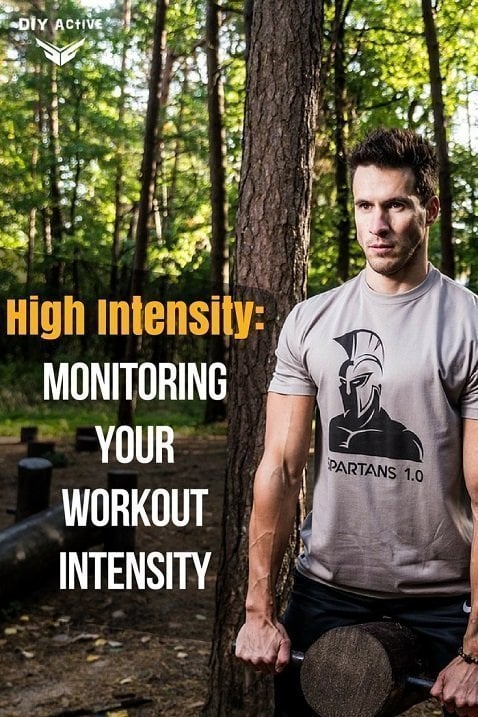
High Intensity: Go hard to burn the most calories
We recently came across a study on Science Daily that was about how simple resistance training (PreEx training in this case) when performed at a HIGH intensity is just as effective as a complex workout routine (varying rest intervals, reps, and everything else basically) in terms of building strength. We’ve all seen these complex routines that are put out there nowadays, they are a dime a dozen.
High Intensity: Blast calories
We’re not for sure if they try to confuse the crap out of you or impress you because they are “cutting-edge” but it seems that if you stick with a simple resistance training routine and perform it at a high intensity you can see the same results….
 With a lot less confusion.
With a lot less confusion.
What is high intensity?
This is a very common question and the answer depends on the exercise capacity of the individual.
One relatively easy way to gauge whether you are performing exercise at a high intensity is to try to elevate your heart to a certain mark and try to keep it there for a pre-determined amount of time.
For example, in a Kaminsky and associates study in 1990, they found that a significant EPOC (Excess Post-Exercise Oxygen Consumption) was obtained by performing exercise at 70 – 75% VO2 max. In simplest terms, VO2 max or maximal oxygen consumption is an estimate of your cardiovascular health.
EPOC is a measure of how many extra calories you burn after your workout is over still due to that workout. Now, this is not a set-in-stone definition of high-intensity but it is a good range that has been backed by science to elicit significant results in terms of caloric burn.
How Do You Monitor That?
To determine where you are in terms of VO2 max (for a true indicator you would need elaborate laboratory equipment) during a workout you must figure out the corresponding heart rate/pulse.
Once you have the heart rate you can then monitor that during your workout to see if you are hitting the mark you want. To do this use the second calculator located here.
This is only an estimate but can help give you an idea of a heart rate you need to be around while working out.
As I said this is just an estimate but it is a good, simple way to make sure you are performing your workout at a higher intensity. Try to hit this mark and stay there for most of your workout (especially if you are performing a short workout).

The Science Daily study had participants exercise at a high intensity for ~23 minutes. After several workouts of monitoring and just getting a feel for your body/heart-rate/oxygen consumption, it will be easier and easier for you to tell if you are working hard enough or hitting your mark.
Lastly, before starting any kind of exercise regime especially a rigorous one you should consult your doctor.
Wrap-Up
You don’t need a complex workout full of pyramid sets and repetitions determined by some elaborate algorithm to get results!
Always remember KISS: Keep It Simple Stupid because confusing, complex workouts lead to dropout and are overrated.
Determine the heart rate you need to hit to produce the maximum effects and turn your workout into a high-intensity, calorie-slashing, EPOC inducing workout!
References
Kaminsky LA, Padjen S, LaHam-Saeger J (1990) Effect of split exercise sessions on excess postexercise oxygen consumption. Brit J Sports Med 24: 95-98.
- Post-Workout Meal: Getting the Most from Your Workout - January 22, 2024
- 6 Ab Exercises To Blast Your Core - December 17, 2023
- 10 Office Exercises You Can Do To Burn Calories - November 19, 2023



